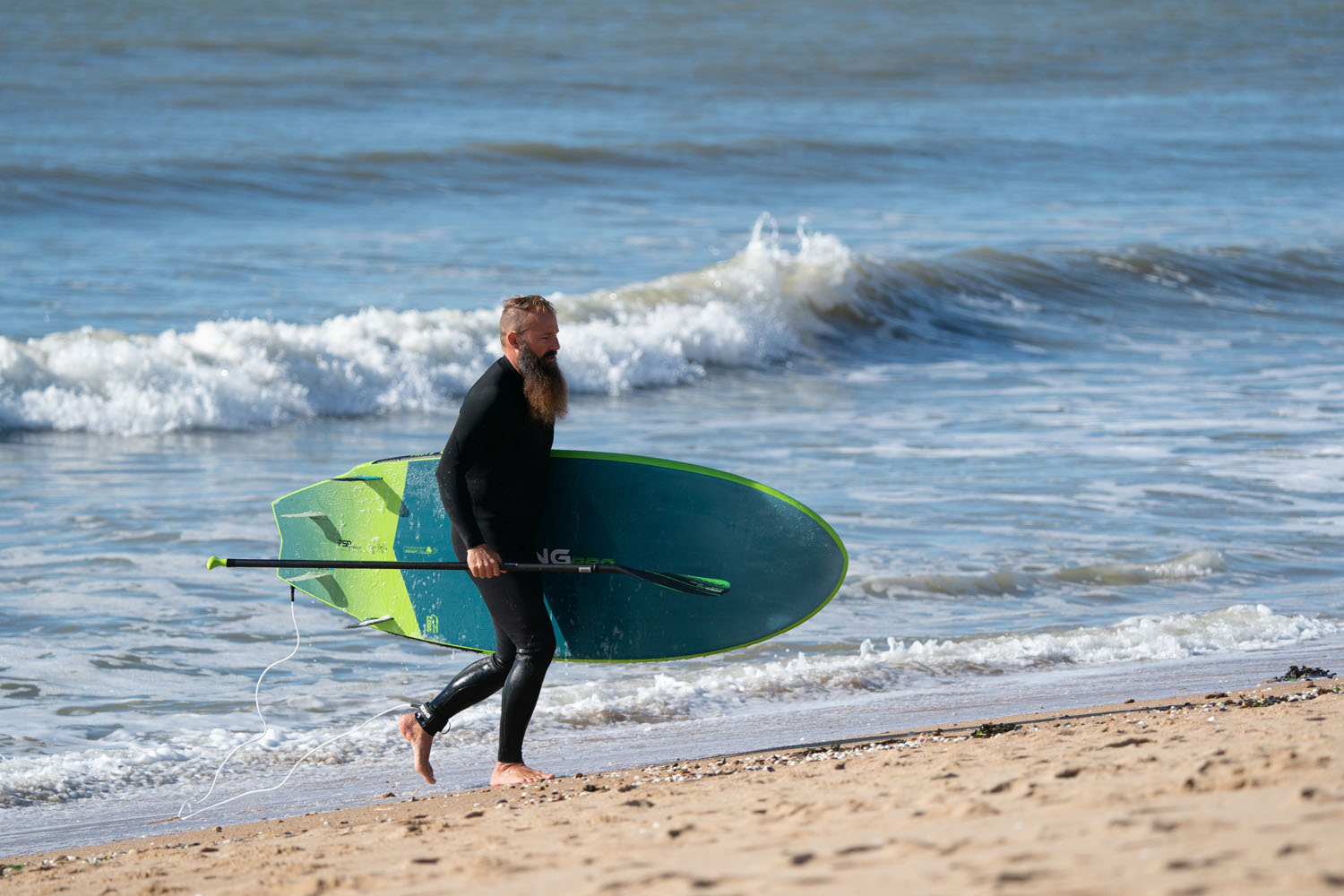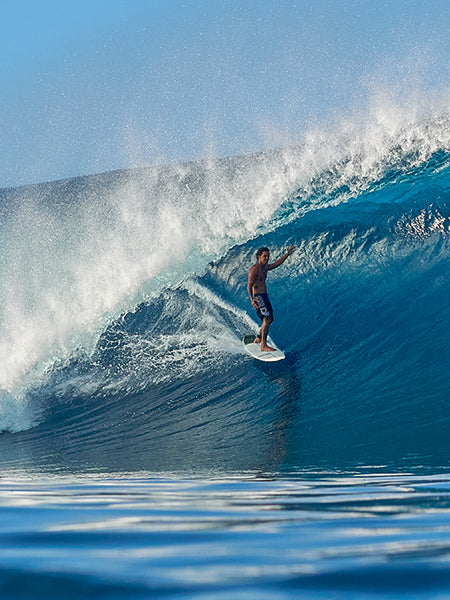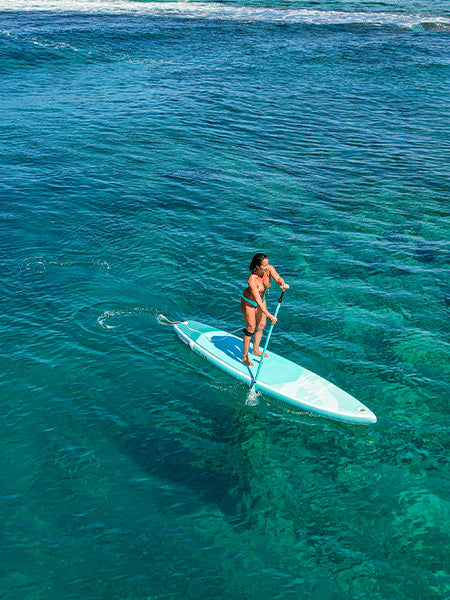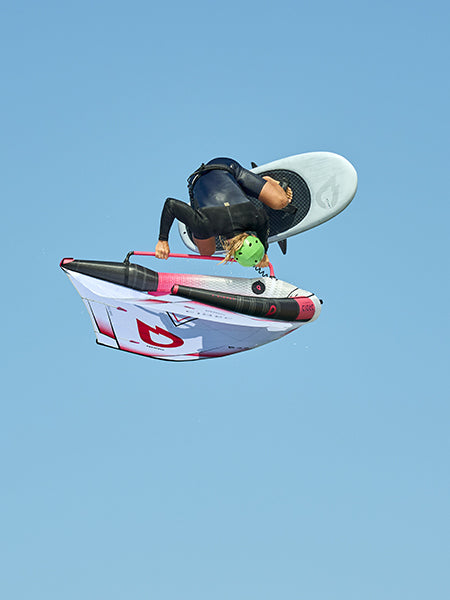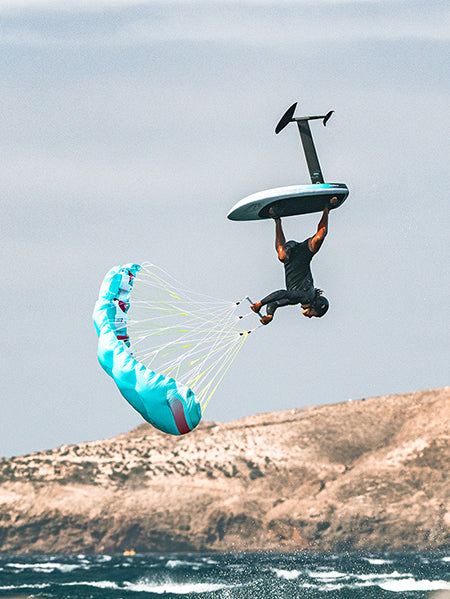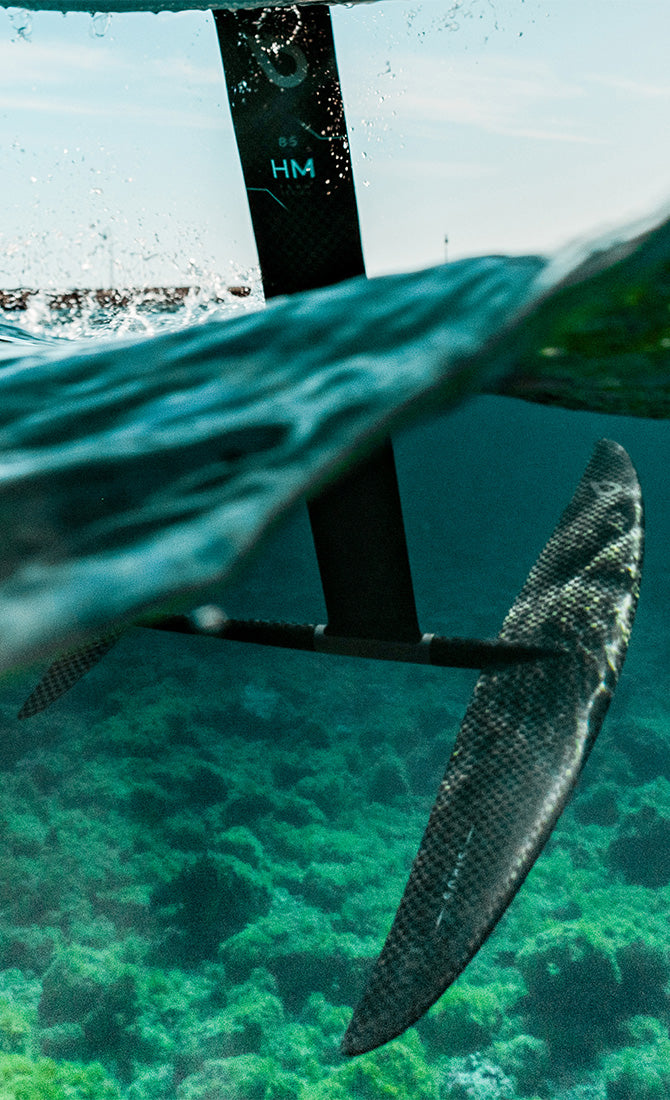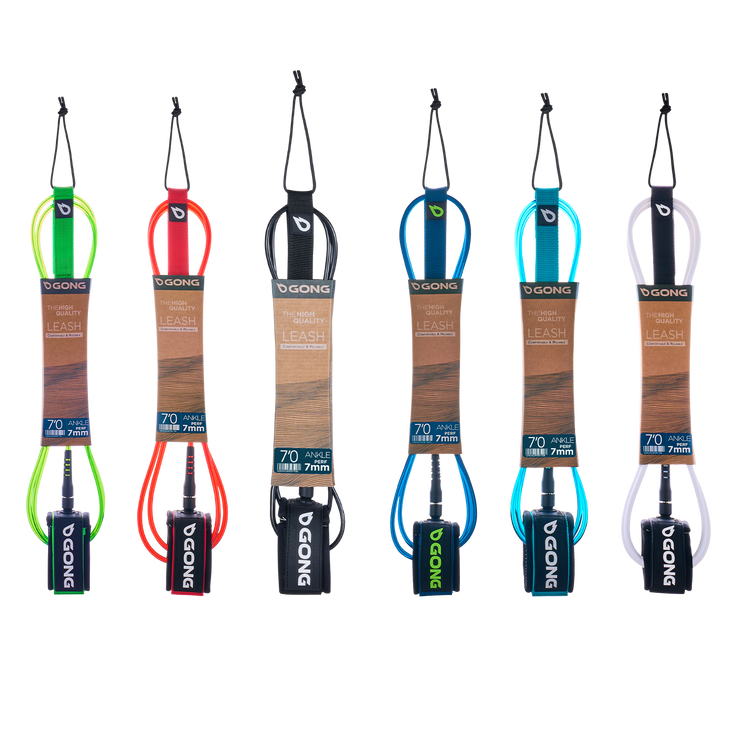GEAR: WHAT IF THE MOB HAD A ROUND TAIL?
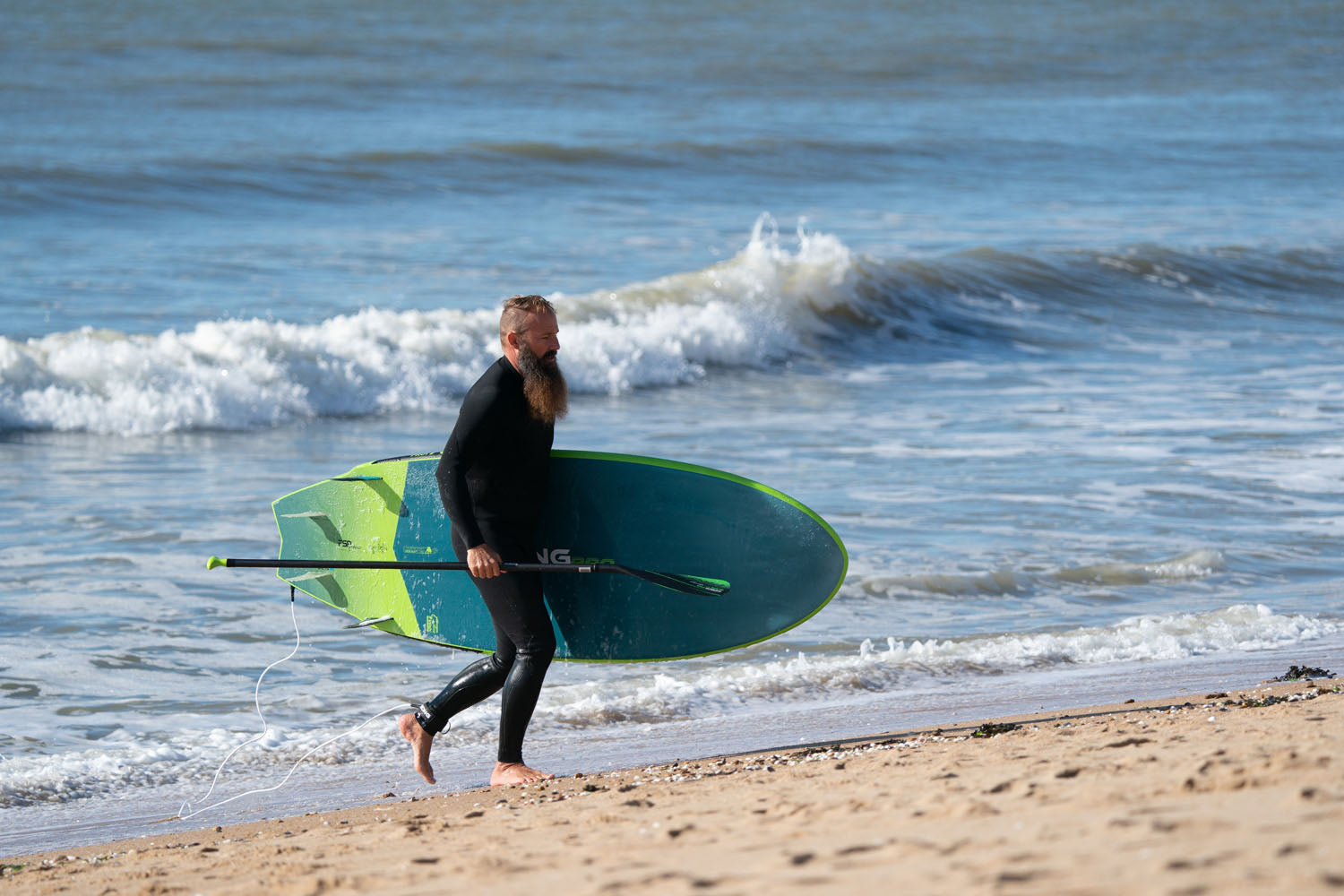
You love to imagine the perfect board, often made up of bits of boards you’ve loved in the past. That’s exactly what Coolas did on our forum by suggesting 3 new models of the Mob with a round tail for which he admits to be totally addicted to 😉 L’Ours, the shaper of the Mob, took some time to explain what the different behaviors would be for those models.
For the record, the swallow tail of the Mob allows you to radicalize your turns while maintaining a lot of acceleration. The water released by its hollow v-shaped tail allows you to tighten the curve by engaging a point of the V more strongly in the water. The lack of surface between the tips of the V also allows you to react quickly by pitching up the board easily to cope with a closing section for example.
The swallow tail will also allow strong foot pressures on each rail to draw beautiful trajectories. It is often said that a swallow acts a bit like a catamaran, which will be at the top of its performance when on only one of its hulls. A swallow likes eccentric stances that limit the drag of water. A behavior that responds to its program which wants to be all-terrain and powerful. However, other options could have been taken.This is what Colas lists in these 3 phantasmagorical examples:
- Model 1: The basic Cool 7’6″ Mob
- Model 2: With the round tail of the Alley 8’1, starting before the wings, to erase them
- Model 3: With the round tail of the Alley 8’1 starting after the wings, to keep them
- Model 4: A Mob 7’6″ Rad, 29″ wide with the round tail of the Alley + “pinching” of the front sections to slim them down slightly, and assembly with 2 side fins set further back + US Box, or twin fins + single or 2+1.
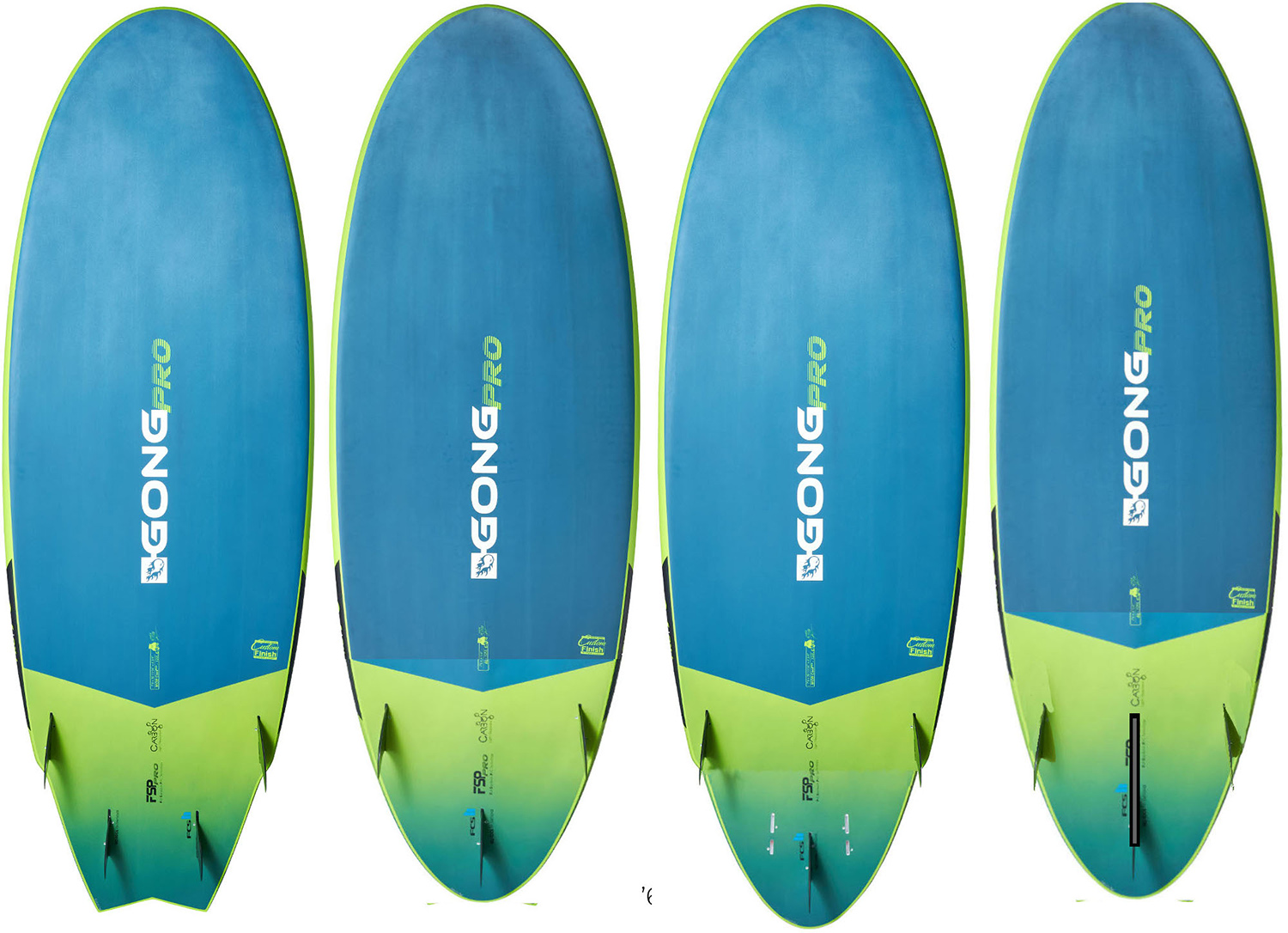
A thought experiment in which L’Ours did not have to be asked twice to participate ;). Here is his response:
“Hello,
Model 1 works pretty well I would say ??? Model 2 will very quickly lose the rail when put under pressure because the efficient fin surface compared to the planing surface in action will not be sufficient since the useful rail section to counter the lift is too low. Conclusion: super easy to handle in less than hip-high waves, unsurfable afterwards. Model 3 will allow to turn shorter but will require more speed and/or power in the wave so as not to block. It will behave on two sides: the front portion which will be typical of a board for small waves and the rear portion for big waves. On paper it seems ideal except the whole problem lies in the transition between these two worlds. Clearly, your front foot will be on a very buoyant and powerful small wave board and your back foot will be on a “gun”. So the balance of the foot pressure will be complex, for a result that won’t be fluid to the eye. We can like that, but it’s strange. Model 4 will need to be compensated for the lack of fin surface so as not to skid. Otherwise as soon as you want to accelerate, you will have to be gentle so as not to lose it. The large increase in side surfaces is not without consequences since it will be necessary to succeed in plunging one of them into the inside of the curve, which requires strength and committed stance (be careful here too as you might risk a sudden loss of grip). I remind you that the rails of a SUP are not as thin as those of a surfboard, and that even thin rails will be 50% bigger, therefore 50% more complicated to hold in the water in the curves . So you will have to force to engage the rail, and having been deprived of progressive rail to rail given by a central fin… Not easy… So that requires reviewing the outline so that the “tight” rail portion is more important in order to guide the board without having to oversize the side fins too much. Here is in 10 minutes what I can state as certain on these 4 versions. All will work, but each with its faults and qualities. Thank you.”